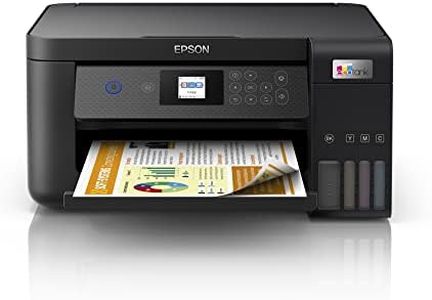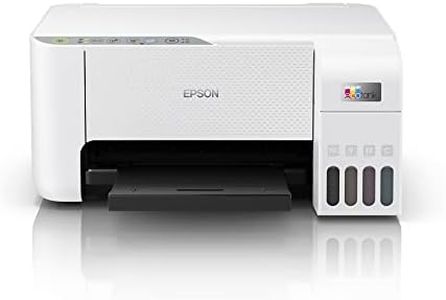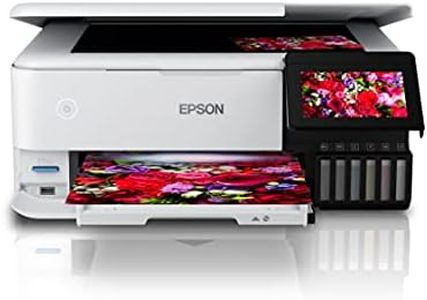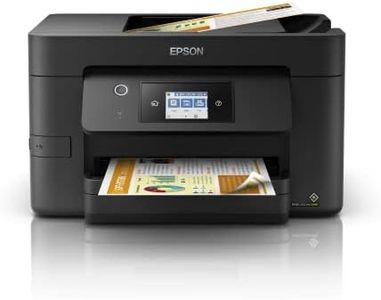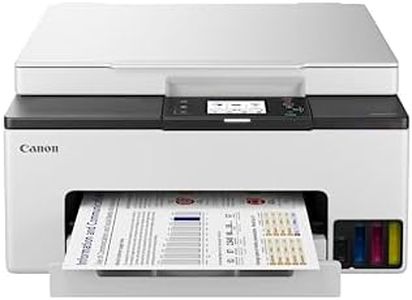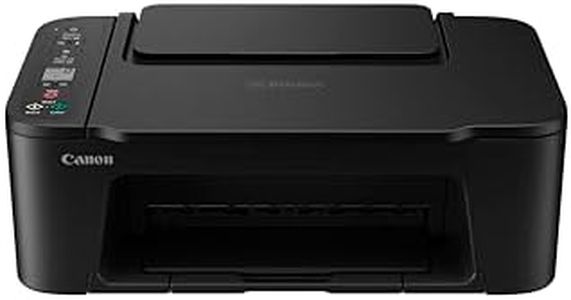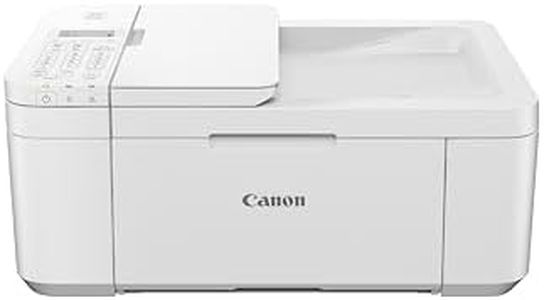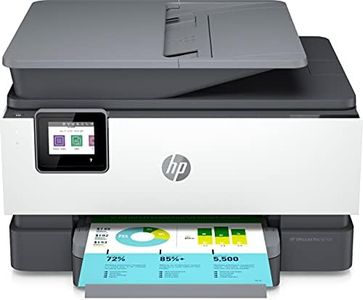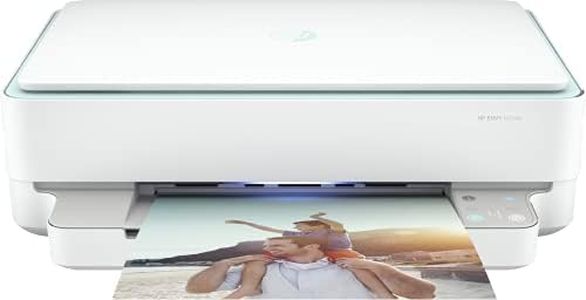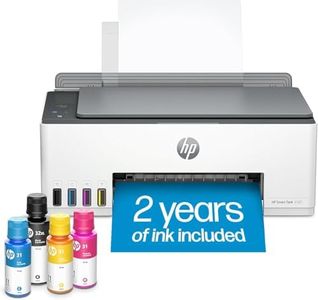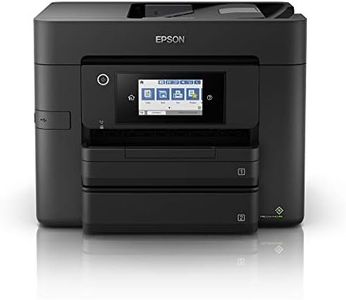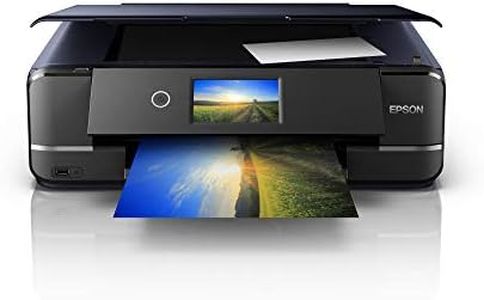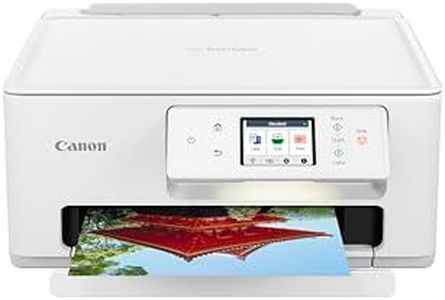We Use CookiesWe use cookies to enhance the security, performance,
functionality and for analytical and promotional activities. By continuing to browse this site you
are agreeing to our privacy policy
10 Best Printers That Can Print On Cardstock
From leading brands and best sellers available on the web.By clicking on a link to a third party's website, log data is shared with that third party.
Buying Guide for the Best Printers That Can Print On Cardstock
When choosing a printer that can print on cardstock, it's important to balance your printing goals with the capabilities of the machine. Cardstock is heavier and sometimes textured, so not every printer can handle it smoothly. Think about how often you'll use it for cardstock, what types of projects you plan to create, and whether you also need the printer for regular paper or photos. Always check that the printer explicitly supports cardstock, as this helps ensure reliability, print quality, and avoids paper jams or damage.Media Weight Support (Paper Thickness)This spec tells you how thick or heavy the paper can be for a given printer. It's usually measured in gsm (grams per square meter) or lb (pounds). Standard printers often handle only up to 160-180 gsm, while cardstock commonly starts at 200 gsm and can go beyond 300 gsm. Printers with higher media weight support can print on thicker, sturdier cardstock without jams or feed issues. Typically, values under 200 gsm mean it's more suited for regular paper; 200–250 gsm is good for light to medium cardstock, and 250 gsm or higher is ideal for heavier projects like invitations or crafts. Pick a media weight spec that matches your preferred cardstock type: check the packaging of your cardstock for its gsm and make sure it's within the printer's advertised support.
Media Size CompatibilityThis spec indicates what sizes of paper the printer can handle. For cardstock, you might want to print on standard letter size, but also on specialty sizes like A6, 5x7 inches, or custom dimensions. Some printers let you adjust the paper tray or have a manual feed slot for unique sizes. If you plan on making greeting cards, invitations, or art prints on non-standard cardstock, look for printers that support custom or multiple sizes. Match the printer’s supported sizes to your most common cardstock projects.
Manual Feed Slot or Rear TrayCardstock is thicker and less flexible than normal paper, so feeding it through a regular, curved paper path can cause jams. Printers designed for cardstock often include a manual feed slot or rear tray that lets the paper go straight through. This reduces bending and risk of jamming. If you expect to print on heavy, textured, or specialty cardstock, a printer with a manual feed path or rear tray provides smoother and more reliable results. Choose this feature if you regularly use thick or specialty cardstock.
Inkjet vs. Laser TechnologyThere are two main types of printers: inkjet and laser. Inkjet printers use liquid ink and are generally better for handling textured or coated cardstock, and for projects involving photos or vibrant colors. Laser printers use toner and can quickly print large runs, but not all are suitable for thick or glossy cardstock. If you want high-quality color images or plan to use photo cardstock, inkjet is a safer bet. If you’re printing lots of text-heavy documents or need speed, check that a laser printer specifically lists cardstock support.
Print Quality (DPI)DPI stands for dots per inch, showing how detailed a print can be. Cardstock is often used for visually important projects like invitations, cards, or art prints, so high print quality matters. The higher the DPI, the sharper and more colorful your prints will look. For simple graphics or text, lower DPI (600–1200) is often fine. For photos or detailed artwork, seek a printer with higher DPI, typically over 1200. Let your typical project—whether text, images, or photos—guide your choice on print quality.

